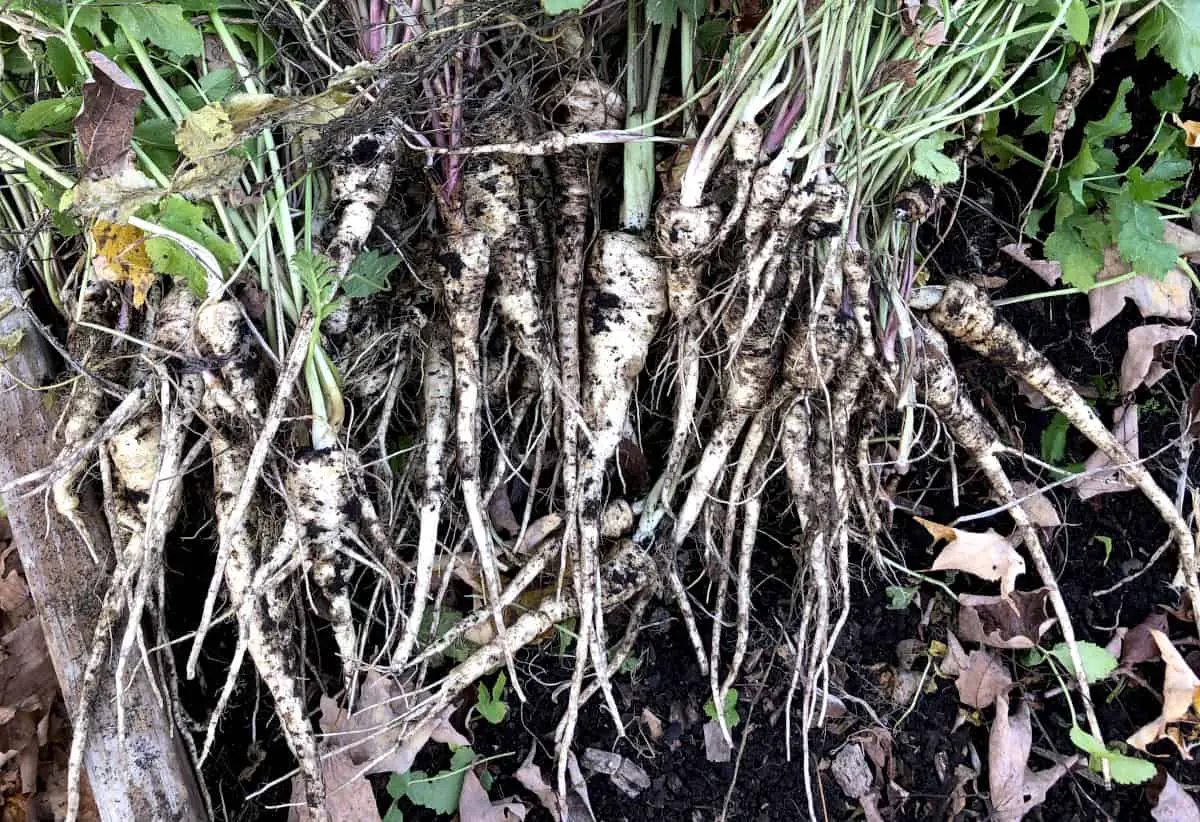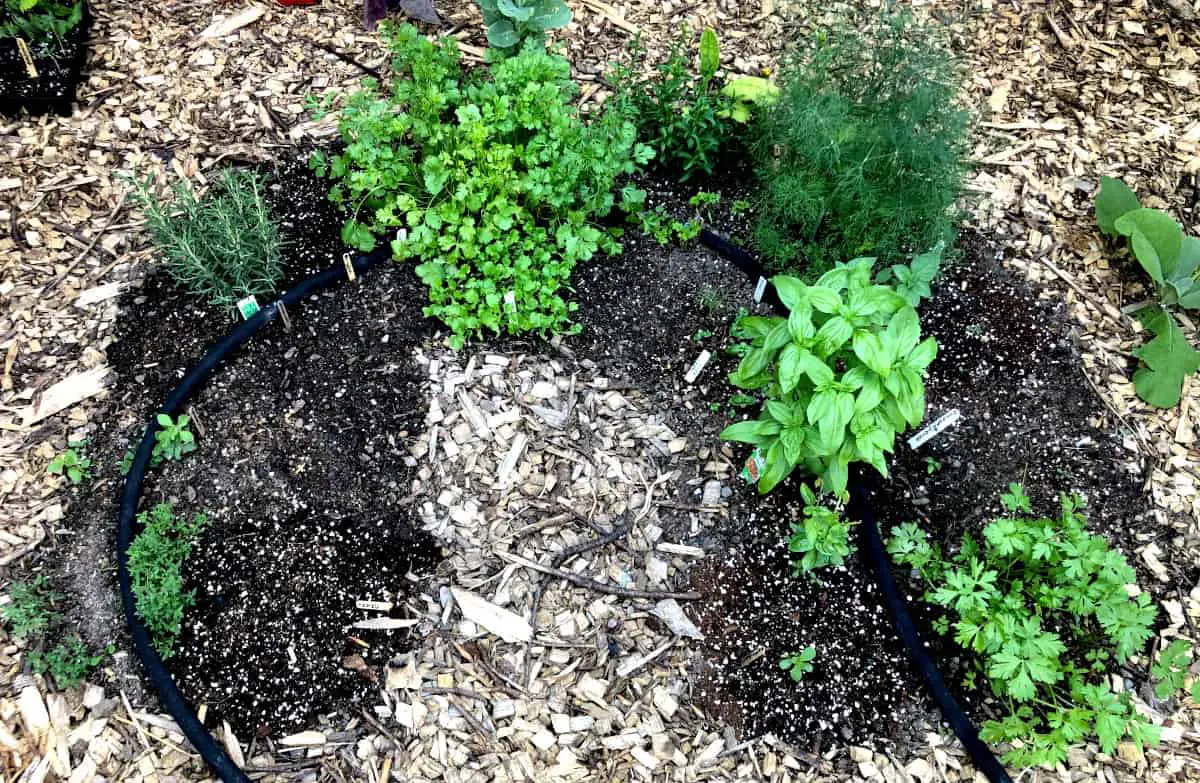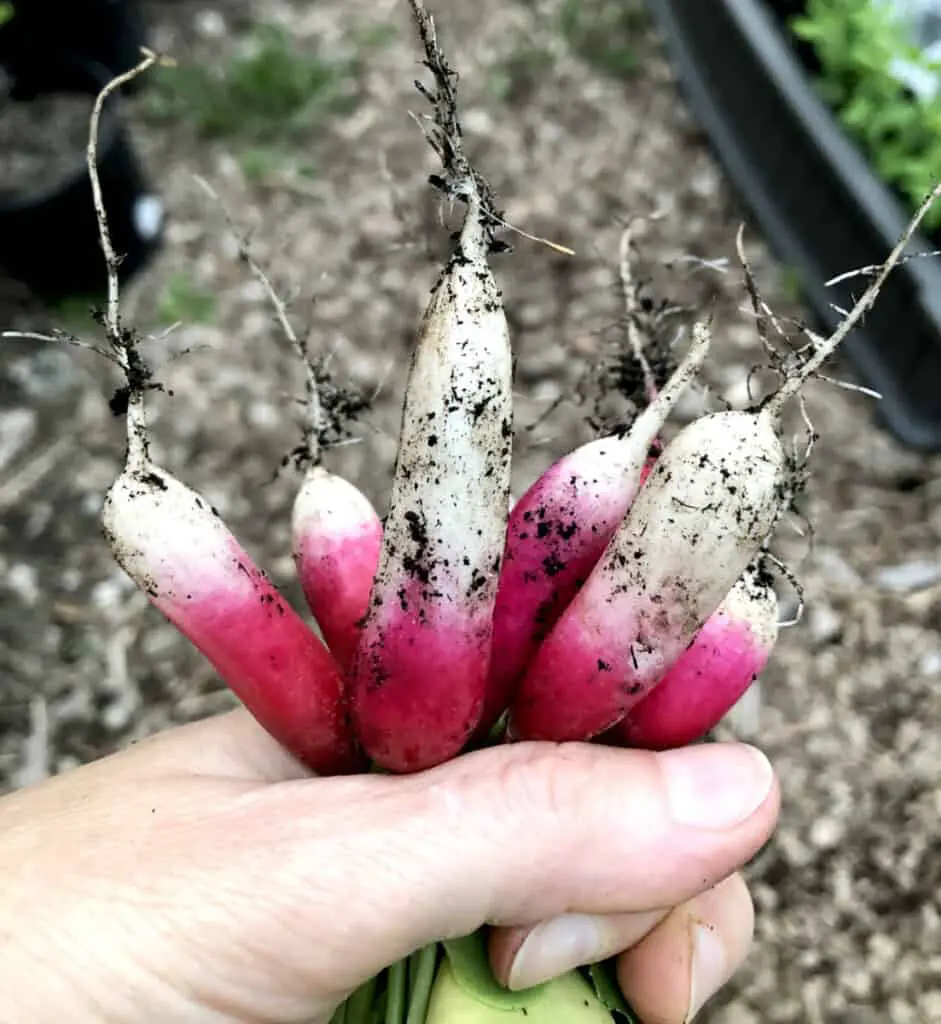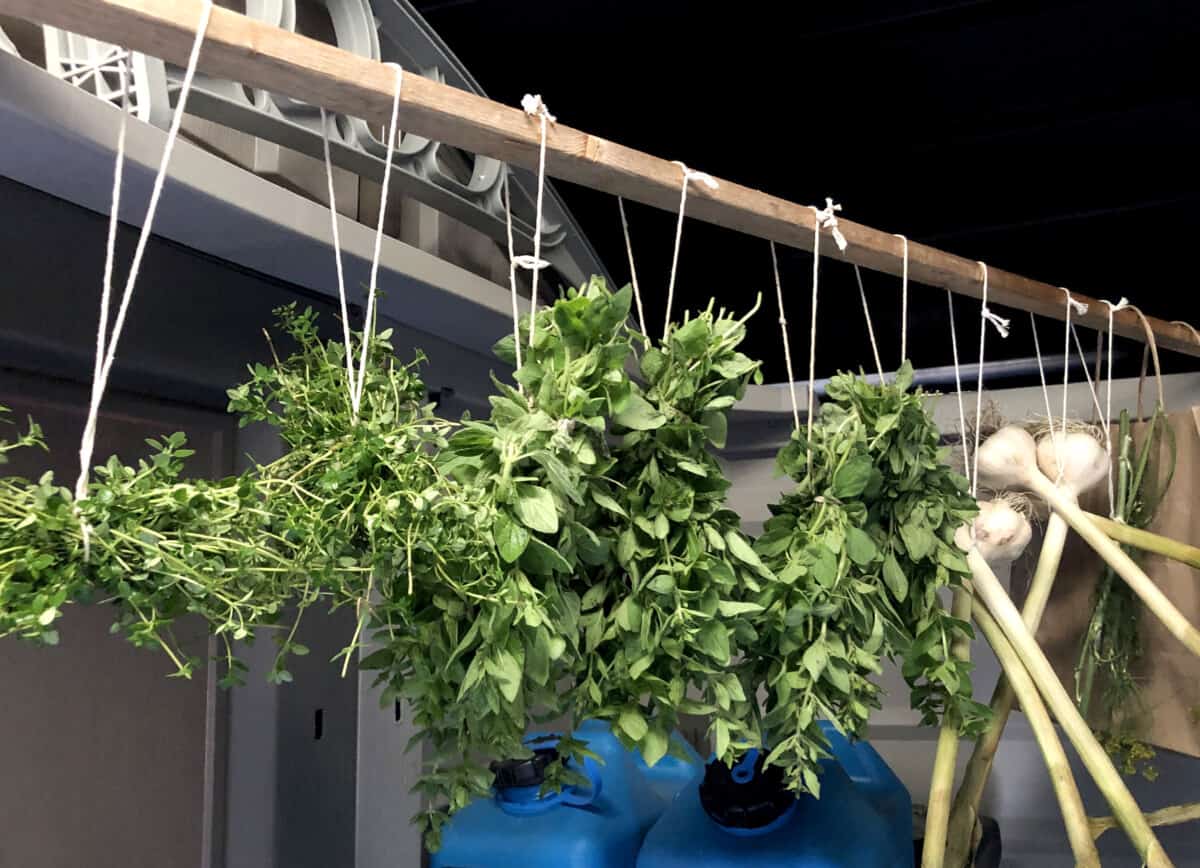No space is too little to grow food in. There are plenty of vegetables that can be grown in small spaces. Whether you turn your balcony or patio into a garden or just have a small lot available, you can grow food in small spaces. Which vegetable will you give a go in your patch?
Vegetables good for small spaces are leafy greens including lettuce, spinach, arugula, Swiss chard, and Bok Choy. The root crop is another great vegetable group that is perfect for small spaces. Root veggies like carrots, beets, and turnips will go well grown in small spaces. Onion, garlic, and green onion along with green beans, do not take much space to grow but can yield a lot. And let us not forget herbs that are fragrant and packed with flavor. You perhaps saw beautiful pots full of different herbs, they look stunning and most importantly do not require much space to grow. When dealing with small growing spaces, grow vegetables that are fast maturing and yield a good-sized crop. If you grow fast-maturing vegetables, you can have multiple harvests from the same growing spot during the same growing season. You can grow dwarf cultivars which were specially cultivated to fit small spaces. You can also grow regular cultivars and harvest them as baby vegetables. If you want to use your small space to the max, then grow cut and come again vegetables that will provide you with harvest for several months. Grow early varieties of vegetables that mature in a shorter time than their regular cultivars. Growing veggies in clumps is another great way to grow larger harvests in small spaces.

What vegetables are fast growing and maturing
If you grow vegetables that are fast maturing you can fill your small growing space with harvest multiple times and have plenty to eat and preserve. Fast-maturing veggies that can be harvested in just under 60 days are green onions, radish, spinach, lettuce, summer squash, bush beans, carrots, beets, Swiss chard, Bok choy, cucumbers, kale, napa cabbage, peas, sorrel, turnips, kohlrabi, and arugula. In most cases, root crops are great options for small space gardens, as they are fast maturing, and can be harvested as baby vegetables as well as fully mature ones.
What vegetables are cut and come again?
Cut and come again vegetables are green onion, celery, lettuce, herbs, arugula, green beans, chives, kale, and Swiss chard, my favorite.
Some of them can be eaten fresh and some can be cooked and eaten warm like Swiss chard and green beans. Cut and come again will provide you with great side and healthy side dishes, and salads.
How do you cut and come again greens?
Harvest outer leaves and leave the center leaves to regrow. Plant regrows again and again from the center giving you multiple harvests off of just one plant.

Cut and come again vegetables will provide you with multiple harvests for weeks and even months. They are one of the best veggies to grow when filling small space gardens. The best is you don’t have to continuously replant, or resow them to have them produce. Just plant them once, let them establish well, and then harvest, regrow, and harvest again and again. These do well in pots and containers.
What are early varieties of vegetables?
Early varieties of vegetables are the ones that mature in a shorter amount of time than regular varieties. For example, a regular tomato takes 6-8 weeks from the time of pollination until the fruit reaches its maturity. However, an early variety takes less than 70 days from the plant out to mature fruit.
When growing a garden in a small space, go for early maturing varieties. They look the same and taste the same as regular, but take less time from seed to harvest. There is an early variety of almost any vegetable you like to grow.
What are baby vegetables?
Baby vegetables are the fruit of regular cultivars that are being harvested prematurely, as babies instead of being harvested at full mature size.

If you grow carrots and harvest them before they reach their full size, you are harvesting baby carrots. You might actually prefer to grow baby vegetables in your small space rather than waiting for them to grow to their full maturity. Harvesting baby vegetables has its benefits. In many cases, baby vegetables taste sweeter and are more tender compared to when they are full-size. They also look adorable and very appetizing. Baby vegetables cook faster. They are more pleasant to be eaten row. They elevate any dish and can be added as a stunning garnish not only for flavor but for looks too. If your children do not like to eat vegetables offer them baby vegetables, they might be charmed by the cute looks and sweeter flavor, so give it a go!
Did I mention that baby vegetables might be more expensive to buy at the store are regular-size ones? If you grow them yourself, you can have them for next to nothing.
Because you harvest baby vegetables prematurely, they grow faster and you will be able to turn your growing space multiple times per growing season.
What vegetables can be harvested as baby vegetables
Baby vegetables that can be harvested prematurely as baby vegetable are leafy greens, carrots, beets, turnip, kohlrabi, beans, peas, leeks, onions, potatoes, summer squash, corn, cauliflower, and broccoli.
What are dwarf vegetables?
Dwarf vegetables are different from baby vegetables. Dwarf varieties are harvested when they are fully matured while still being tiny in size, much smaller than regular cultivars at their full maturity. Baby vegetables are regular varieties harvested prematurely before they reach their full size and full maturity.
Dwarf varieties were specially cultivated for small growing spaces. If you grow a container garden or a patio garden, dwarf varieties might be a great option for your space. In a way, they are also easier to care for, are bushier and their main body is compact and very sturdy.
With dwarf varieties you can even grow fruit trees in your small space, as dwarf trees are shorter in size, they are easier to protect from pests, you can grow more varieties of fruit in one small area, and you can work on the tree and harvest the fruit while standing on the ground, hence no ladders!
There is a dwarf variety of almost any vegetable and fruit tree you like.
Can you grow herbs in a small space?
Herbs are one of the best edible plants to grow in small spaces. Herbs usually do not have very deep roots, therefore are perfect for containers, pots, hanging baskets, and window boxes. They do well crowded together. Many herbs do not need much watering and can deal with a shorter amount of sunshine. Herbs elevate the flavor and look of any meal. They are easy to grow, harvest and preserve. Most herbs are compact and require very little space to grow to full maturity. They can be harvested prematurely or at their full maturity.
What herbs are best for small space
The best herbs for small spaces are some of the gardeners and cooks’ favorites like basil, chives, cilantro, mint, parsley, rosemary, sage, thyme, dill, and oregano. Best of all, all of these are cut and come again. Just harvest the outer leaves and let the center ones grow and come to harvest them again as needed.

For detailed information on herbs and why to grow them please read my article at Why grow herbs.
There are herbs that do come back every year, depending on your hardiness zone. Plants, including herbs that come back every year, are called perennials. Plants that grow for two seasons are biennial, and plants with only one growing cycle are annuals. Annuals need to be planted every season and can be planted in succession during one growing season. Biennials grow for two years and can be planted every two years. Perennials are the ones that you plant once and they come back year after year if they are suitable for your hardiness zone. Learn about hardiness zones in my article What do hardiness zones mean and how to determine yours.
What is growing vegetables in clumps and why to grow in clumps
Growing vegetables in clumps mean you grow them in groups. Growing vegetables in a clump do not require thinning them. Growing food in clumps requires less space and provides you with a continuous harvest.
What vegetables can be grown in clumps?
Vegetables such as turnips, beets, onions, arugula, peas, Swiss chard, leeks, basil, annual herbs, radish, and spinach can all be grown in clumps. They will grow and mature well in clumps.
How to harvest vegetables from a clump
When harvesting from a clump, harvest the largest vegetable by twisting and pulling it out of the clump while keeping the rest intact. Give the smaller ones time to grow some more and come to harvest again.
How to make the most of veggie garden space
How small garden to start with?
How close can you plant veggies together?

